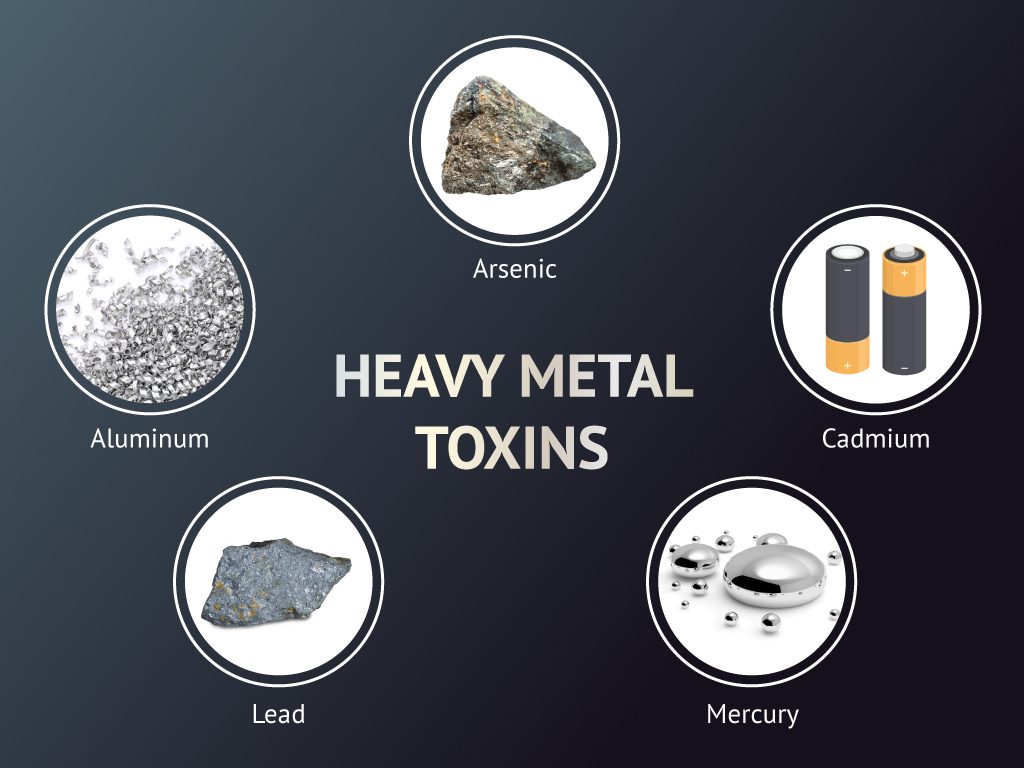Heavy metals, such as lead, cadmium, chromium, arsenic, beryllium, mercury, and a few others, have merited the attention of occupational physicians, industrial hygienists, toxicologists, and epidemiologists since the early 1900s.
There have been long-standing concerns about the presence of these metals in the ambient air, e.g., from emissions from automobiles, and potential exposures to residents from contaminated soil and sediment.
Serious human health hazard concerns have also been raised in the workplace, e.g. lead poisoning, cobalitism, dermal and respiratory sensitization, etc. Recently, there has been a lot of litigation regarding heavy metals in foods, especially related to California Proposition 65.

In the 2000s, cobalt, beryllium, and cadmium were of concern in the medical device industry. Over the last 20 years, lead has been a concern in various consumer products from Mexico, China, and other developing countries (cookware, handbags, toys, foods, and alcoholic beverages).
Over the years, our firm has probably conducted over 300 evaluations of scenarios involving these metals in virtually every media to which humans are exposed. We have some of the most experienced staff when it comes to evaluating exposures to most litigated heavy metals — lead, and cadmium — for CA Prop 65. At times, we have been named as experts to serve on blue-ribbon panels, science advisory boards, or as expert witnesses in litigation. Dr. Paustenbach has testified in cases involving most of the above-mentioned metals.
© 2020 All rights reserved